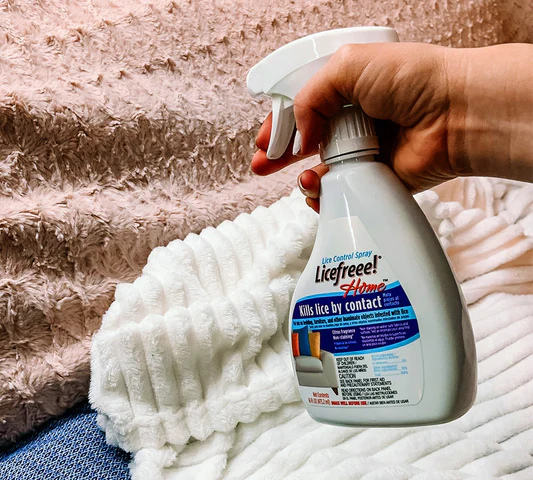
What Is Another Name for Head Lice?
Head lice, those tiny, wingless insects that can infest the scalp and cause itching and discomfort, are known by various names across different regions and cultures. Understanding these alternate names can provide insight into how head lice are perceived and managed worldwide. In this comprehensive guide, we'll explore the various monikers for head lice, from the scientific to the colloquial, shedding light on this common yet often misunderstood parasite.
What is Lice?
Before diving into the alternate names for head lice, let's first understand what they are. Head lice are small, parasitic insects that infest the human scalp and feed on blood from the scalp. They are most commonly found in children aged 3 to 11 years old, but can affect people of any age. Head lice are transmitted through close personal contact or by sharing personal items such as hats, combs, or hairbrushes. Infestations can cause itching and discomfort, but they do not spread disease.
What is the Scientific Name for Lice?
The scientific name for head lice is Pediculus humanus capitis. This term encompasses the genus (Pediculus), species (humanus), and subspecies (capitis), specifically referring to lice that infest the human scalp. While the scientific name may sound complex, it simply identifies head lice as a species of lice that affect humans, distinguishing them from other types of lice that may infest different parts of the body or other animals.
What Are Other Names for Lice?
Head lice are known by various names in different countries and cultures, reflecting the diverse ways people perceive and refer to these pesky parasites. Here are some alternate names for head lice from around the world:
- Cooties: This term is commonly used in the United States, especially among children, to refer to head lice. The origin of the term "cooties" is unclear, but it has become synonymous with head lice in American English.
- Nits: In many English-speaking countries, the term "nits" is used to describe head lice eggs or the empty egg casings left behind after hatching. While technically not a name for adult head lice, "nits" is often used interchangeably with head lice in everyday language.
- Piojos: In many Spanish-speaking countries, head lice are referred to as "piojos." This term is commonly used in Mexico, Spain, and other Spanish-speaking regions to describe both adult lice and their eggs.
- Pou: In French, head lice are called "pou," which translates to "louse" in English. The term "pou" is used to describe both adult lice and their eggs, similar to the usage of "nits" in English.
- Kutu: In Indonesian, head lice are known as "kutu." This term is widely used in Indonesia and other Southeast Asian countries to refer to head lice infestations.
- Yamushi: In Japanese, head lice are called "yamushi." While less common than some other terms, "yamushi" is used in Japan to describe both adult lice and their eggs.
How to Treat Lice
Treating head lice effectively requires a comprehensive approach to eliminate both the adult lice and their eggs. Here are some steps to treat head lice:
- Use an Effective Lice Treatment: Choose a specialty lice treatment product like the Licefreee Kit, which contains all of the tools you need to stop an infestation. Follow the instructions carefully and repeat the treatment as necessary to ensure complete eradication.
- Remove Nits: After treatment, use a fine-toothed comb or nit comb to remove any remaining nits from the hair. Comb through small sections of hair, starting at the scalp and working your way down to the ends. This step helps prevent reinfestation by removing any eggs that may hatch later.
- Clean Personal Items: Wash bedding, clothing, hats, and other personal items that may have come into contact with lice or nits. Vacuum upholstered furniture and carpets to remove any stray lice or nits.
- Notify Close Contact: Inform anyone you have been in close contact with, such as family members or classmates, so they can take preventive measures to avoid spreading lice.
In conclusion, understanding the various names for head lice and their global prevalence provides valuable insight into this common parasitic infestation. Whether called "cooties" in the United States, "piojos" in Spanish-speaking countries, or "kutu" in Indonesia, head lice remain a nuisance that requires prompt and effective treatment. With products like Licefreee Kit, you can tackle head lice infestations with confidence and restore comfort and peace of mind for you and your family.



